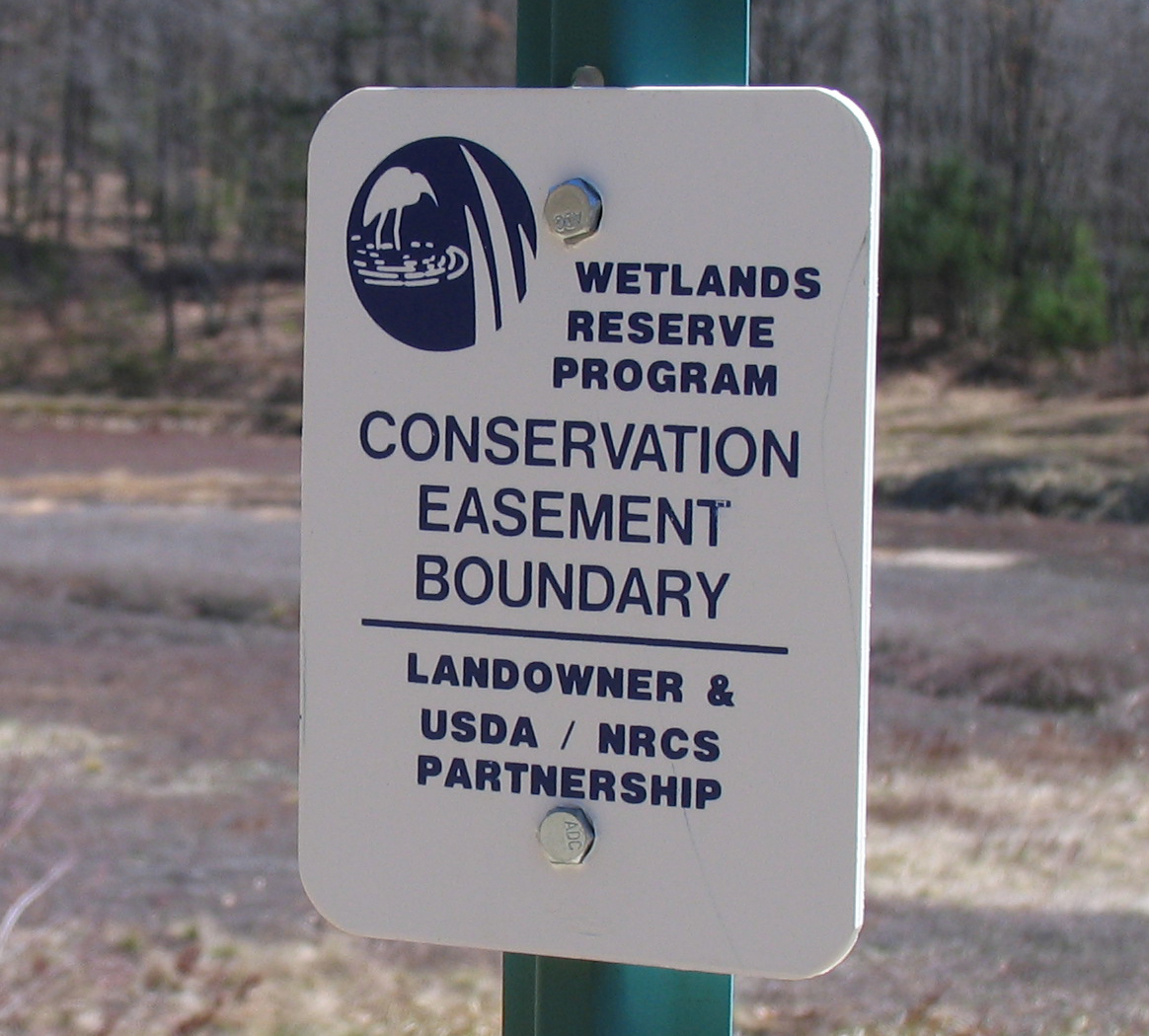Income Tax
New Law Preserves Tax Breaks for Conservation Donations
Here’s one tax break that can extend as far as the eye can see: If a real estate owner donates a qualified conservation easement to charity, he or she can claim a deduction based on the value of the easement. In other words, the taxpayer realizes a ...
Jan. 31, 2016

[The new “extenders law” enacted late in 2015 retains several key tax provisions and makes them permanent with certain modifications. This is the eighth part of a series of articles on these tax breaks.]
Here’s one tax break that can extend as far as the eye can see: If a real estate owner donates a qualified conservation easement to charity, he or she can claim a deduction based on the value of the easement. In other words, the taxpayer realizes a significant tax benefit without actually giving away the property. The easement might simply allow others to view the scenery without even setting foot on the land.
This tax law provision was further enhanced by two tax breaks for donations of conservation easements, but both benefits expired after 2014, along with dozens of other “tax extenders.” Now the new Protecting Americans from Tax Hikes (PATH) Act restores the additional tax breaks, retroactive to the beginning of 2015, and makes them permanent.
Lay of the land: The IRS says that a deduction is allowed when an interest is donated to a qualified charitable organization for certain specific conservation purposes. A write-off may be claimed for any one of the following four reasons.
- Preservation of land for outdoor recreation or education of the general public. This includes property preserved for fishing and boating or land designated for nature or hiking trails. Public use of the property must be substantial and regular.
- Protection of a natural habitat of fish, wildlife or plants or a similar ecosystem. Access by the public may be limited for environmental reasons.
- Preservation of a historically significant historic structure. To qualify for a deduction, the public must have some access.
- Preservation of open space either for the scenic enjoyment of the general public or pursuant to a government conservation policy. For this purpose, visual access is sufficient and physical access to the property isn’t required.
As you can clearly see, donations may be available without having visitors tromping across the land or littering your property. As evidenced by the fourth option, just offering a scenic view from afar may be enough. In other cases, however, full or limited public access must be granted.
The deduction for a conservation easement is based on its fair market value (FMV). Don’t take any shortcuts: Have the value established by an independent professional appraiser. The courts have consistently overturned deductions based on self-appraisals or otherwise inflated write-offs.
Normally, the annual charitable deduction for such donations of property is limited to 30 percent of the taxpayer’s adjusted gross income (AGI). Any excess is carried over for up to five years. But both these rules are enhanced by tax breaks now permanently preserved by the PATH Act.
1. For this purpose, the usual 30 percent-of-AGI limit is raised to 50 percent. Even better, for a farmer or rancher earning at least half of their income from the land, the deduction can be equal to 100 percent of AGI.
2. Under the new law, a taxpayer making a conservation easement may carry forward any excess for up to 15 years. This rule replaces the usual five-year carryforward period for such donations.
Last, but not least, there is one catch: The donation of a conservation easement must be made “in perpetuity.” This means that the donor’s heirs or any succeeding owners are legally barred from altering the land or using it for other purposes such as real estate development. The property has to remain in its pristine state. Still, not a bad deal for a nature lover.
